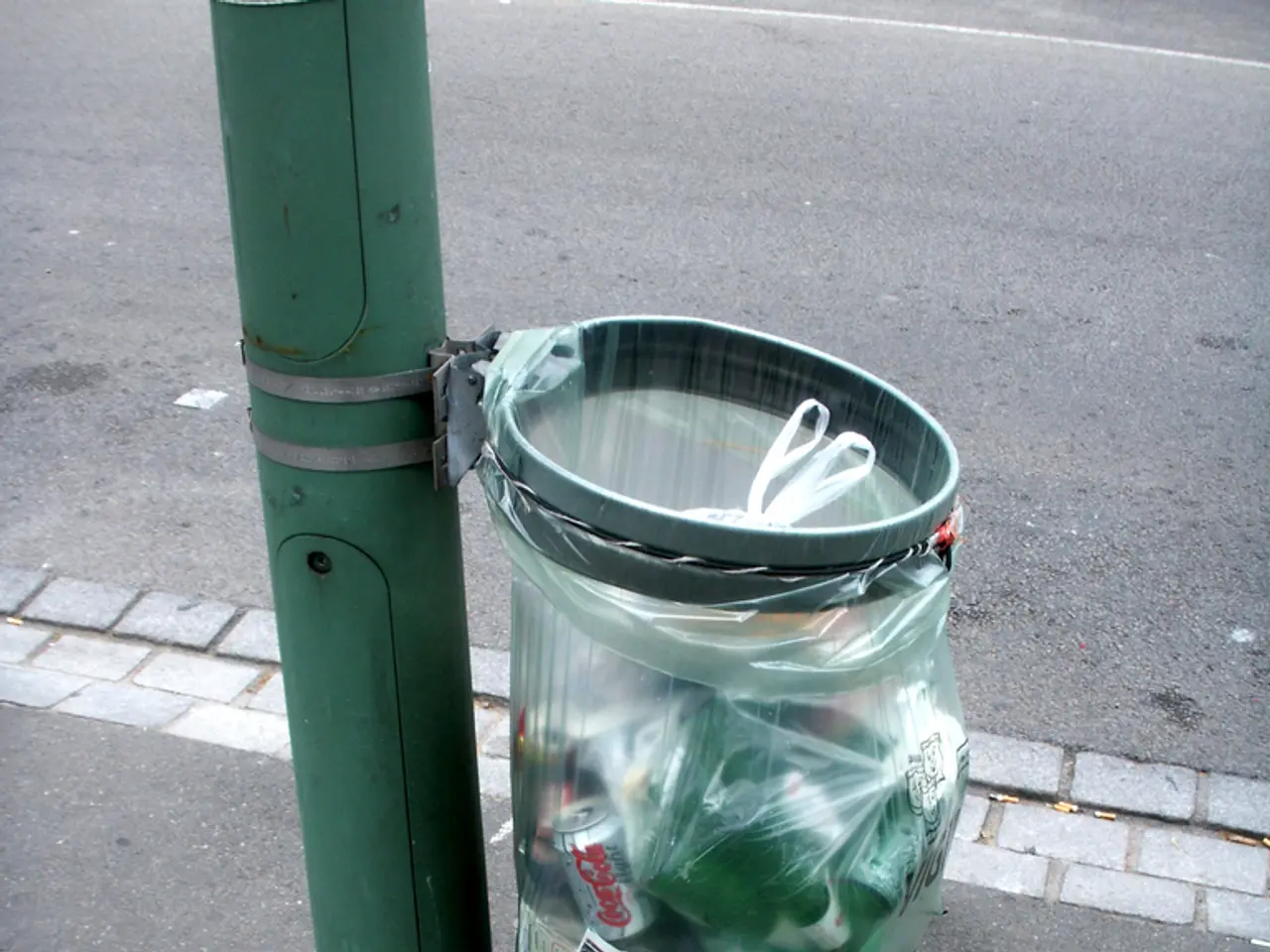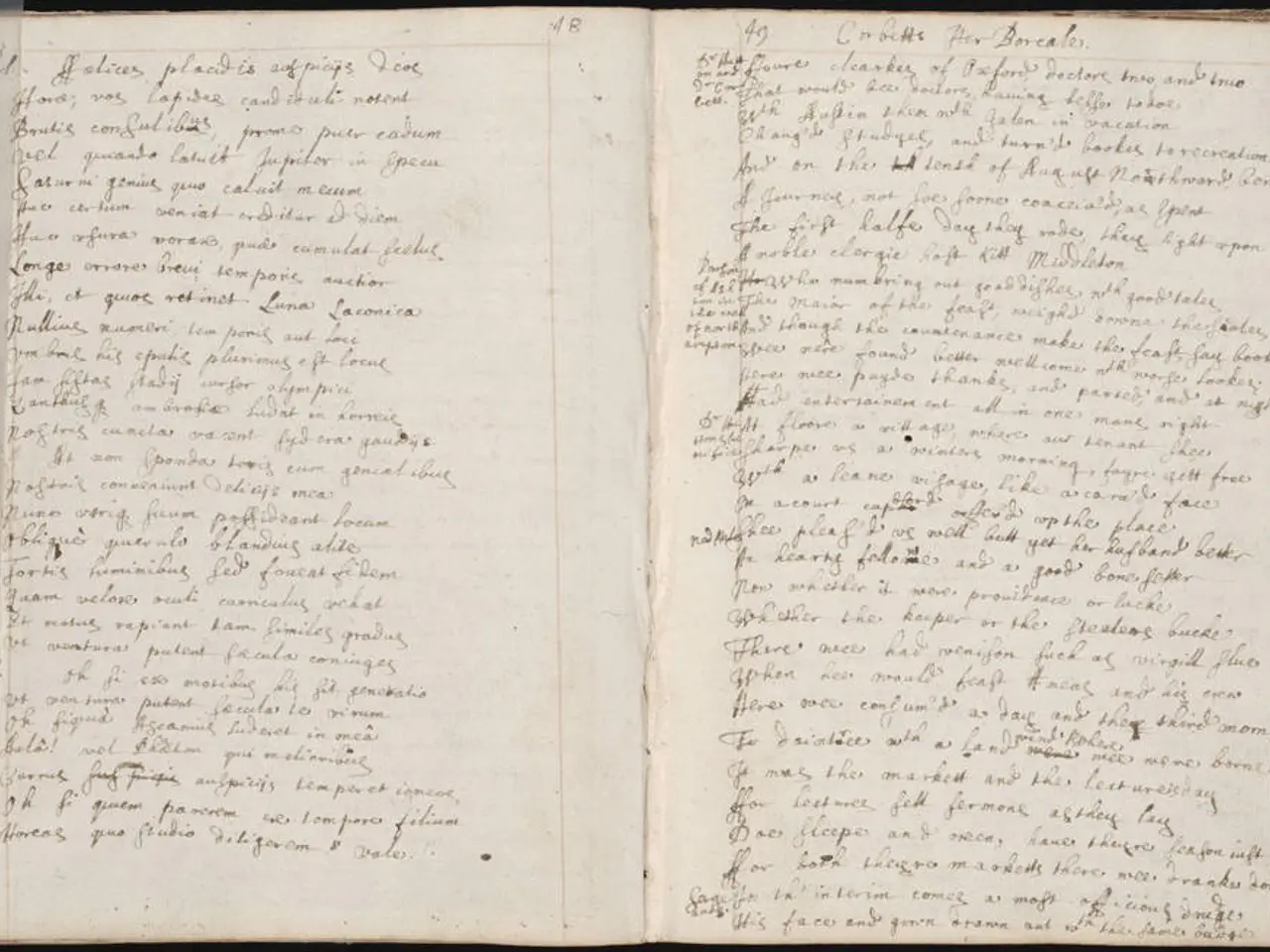Carbon Removal Initiative Rolls Out Blueprint for Authentic, Engineered Emission Reduction Strategies by Gold Standard
In a significant move towards combating climate change, Gold Standard, a leading global certification body, has published a new framework for engineered carbon dioxide removal (CDR) projects. The comprehensive framework, titled the Engineered Removals Activity Requirements, was released in July 2025.
This new framework sets stringent, high-integrity standards for projects such as direct air capture (DAC), bio-energy with carbon capture and storage (BECCS), and carbon mineralization techniques. It includes clear provisions on reversal risk mitigation, mandatory buffer contributions, and robust safeguards for sustainable development. The aim is to ensure environmental integrity and community safeguards while aligning with major emerging policy frameworks like the EU Carbon Removal Certification Framework, ICAO CORSIA, and Article 6.4 of the Paris Agreement.
Specifically, the framework requires projects to contribute to at least three UN Sustainable Development Goals (SDGs) and incorporate formal stakeholder engagement channels to foster inclusive participation. This reflects Gold Standard’s commitment to linking carbon removals with broader socio-environmental benefits.
However, regarding the biochar methodology and Just and Sustainable Transitions Framework, no direct updates have been found within this new Engineered Removals framework or in associated Gold Standard publications. The focus on sustainability safeguards suggests that related frameworks for just transitions and methodologies like biochar will likely align with these principles or might be forthcoming in future methodological expansions.
Gold Standard's ongoing work in expanding engineered removal methodologies is evident, as demonstrated by updates to their carbon mineralization methodologies. For instance, the carbonation of concrete aggregate has been expanded to cover other reactive mineral wastes, with considerations for durability and reversal risk.
Margaret Kim, CEO of Gold Standard, stated that engineered removals are essential to achieving a 1.5 °C pathway. Gold Standard is inviting developers to use their requirements and work with them to build new methodologies. Developers are encouraged to submit concept notes for new engineered CDR solutions.
For those interested in staying updated on Gold Standard's work, follow them on their LinkedIn website. The biochar methodology, applicable to artisan and industrial-scale systems, is currently under development by Gold Standard. The initial credits for the concrete carbonation methodology were issued in April 2024.
In summary, Gold Standard's new framework for engineered CDR projects represents a significant push to expand and standardize the verification of these projects in line with evolving policy and market demands. The focus on sustainability, community impact, and inclusive participation underscores Gold Standard's commitment to a just and sustainable transition towards a carbon-neutral future.
- The Engineered Removals Activity Requirements, published by Gold Standard, emphasizes the integration of data-and-cloud-computing technologies in CDR projects, ensuring efficient monitoring and reporting of project progress.
- Gold Standard's new framework encourages learning and lifelong-learning, particularly in the field of environmental-science, by inviting developers to submit concept notes for new engineered CDR solutions, thereby fostering innovation and progress in climate-change mitigation.
- As part of their commitment to linking carbon removals with broader socio-environmental benefits, Gold Standard includes in their framework the necessity for CDR projects to contribute to at least three UN Sustainable Development Goals (SDGs), emphasizing the interconnectedness of science, technology, and education-and-self-development.
- In an effort to promote technology for a greener future, Gold Standard has issued the initial credits for the concrete carbonation methodology in April 2024, further expanding the scope of environmental-science and climate-change solutions.




